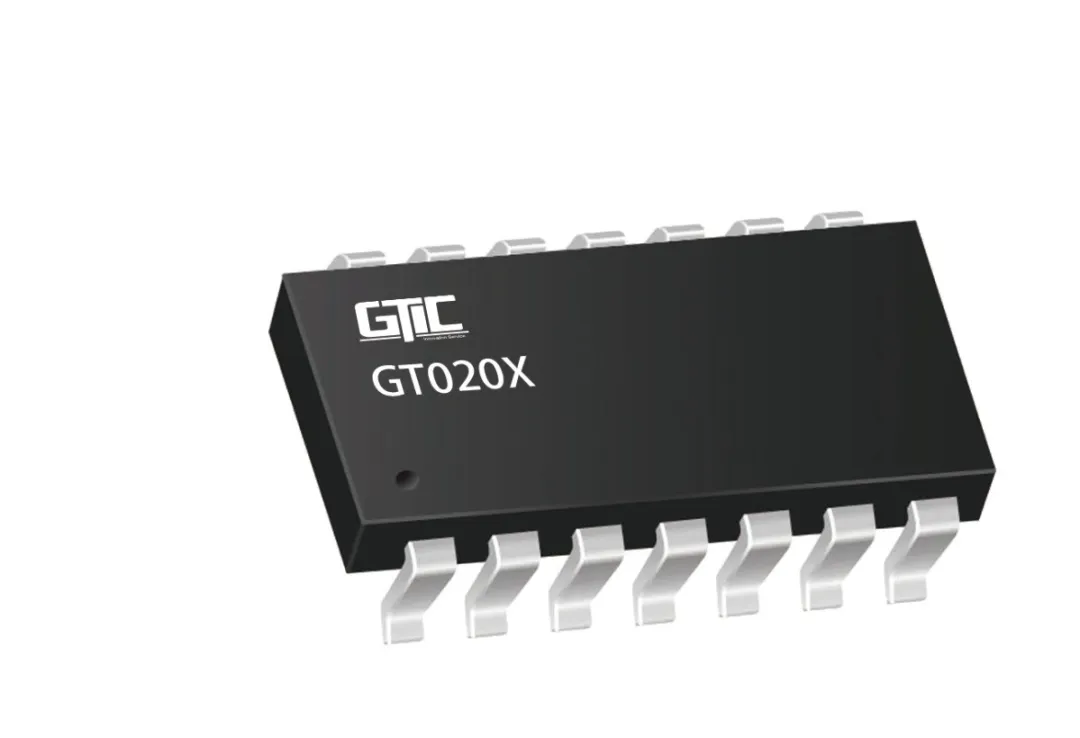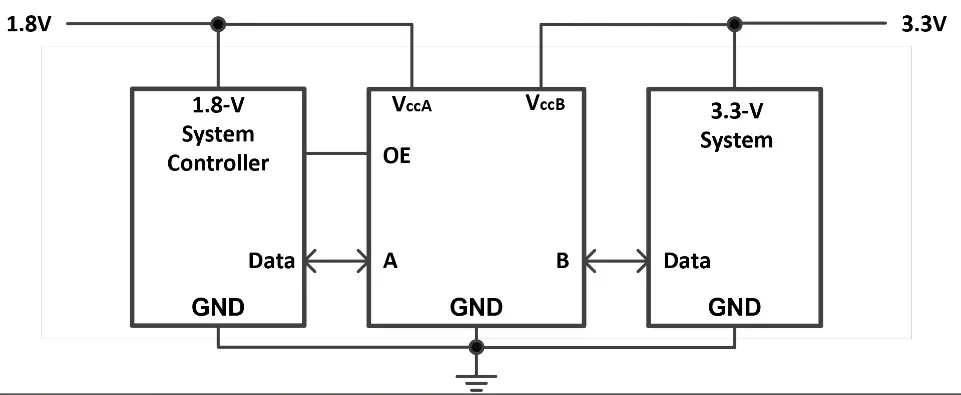

【Chip Release】 GT020X Series Low-Voltage Automatic Bidirectional Voltage Level Shifter
2025-03-17 14:23:05

Product
The GT020X Bidirectional Voltage Level Shifter features automatic direction detection. It supports data transfer speeds of up to 100Mbps, meeting high-speed data transmission requirements. It supports a wide voltage input range, with the A port operating voltage range from 1.2V to 3.6V, and the B port operating voltage range from 1.65V to 5.5V. The device has VCC isolation characteristics, and when any VCC input is grounded (GND), both ports remain in a high-impedance state. The Enable (OE) is referenced to VCCA. It also supports partial power-down mode operation, offering flexible power management capabilities. With a wide operating temperature range, it can function stably in environments from -40°C to +85°C.
Applications:The GT020X is suitable for devices such as mobile phones, smartphones, tablets, desktop computers, and other equipment. It is used to establish compatibility of digital signals between different voltage levels in mixed-voltage systems.
Packaging:
The GT0208 is available in TSSOP20 and QFN3*3-20L packages.
The GT0204 is available in TSSOP14, QFN3.5*3.5-14L, QFN1.8*1.8-12L, and QFN1.7*2-12L packages.
The GT0202 is available in SOT23-8, DFN2*3-8L, MSOP8, and DFN1.4*1-8L packages.
The GT0201 is available in SOT23-6, SC70-6, DFN1.45*1-6L, and other packages, providing flexibility to meet different circuit board design requirements.

Features
Power Supply Voltage:
VCCA: 1.2V ~ 3.6V
VCCB: 1.65V ~ 5.5V
Rise Edge Propagation Delay (TPHL): 2.24ns
Fall Edge Propagation Delay (TPLH): 3.18ns
Rise Time (TR): 1.7ns
Fall Time (TF): 1.87ns
Maximum Transmission Speed:
A to B: 106 Mbps
B to A: 116 Mbps
Ioff: 1μA
Ioz: 2μA
Icc: 5μA
Temperature Range: -40°C ~ 85°C
Package Types:
TSSOP20, QFN 1.8*1.8-12L, TSSOP14, QFN 1.7*2-12L, SOT23-8, DFN 2*3-8L, MSOP8, SOT23-6, DFN 1.4*1-8L, DFN 1.45*1-6L, QFN 3*3-20L, QFN 3.5*3.5-14L
Product Advantages
Lower VCCA Operating Voltage: 1.2V
Higher signal transmission rate: 116Mbps (max)
Supports multiple packages to meet different design requirements

Product Advantages

Level-translation applications when interfacing devices or systemswith different interface voltages.
About GTIC
END